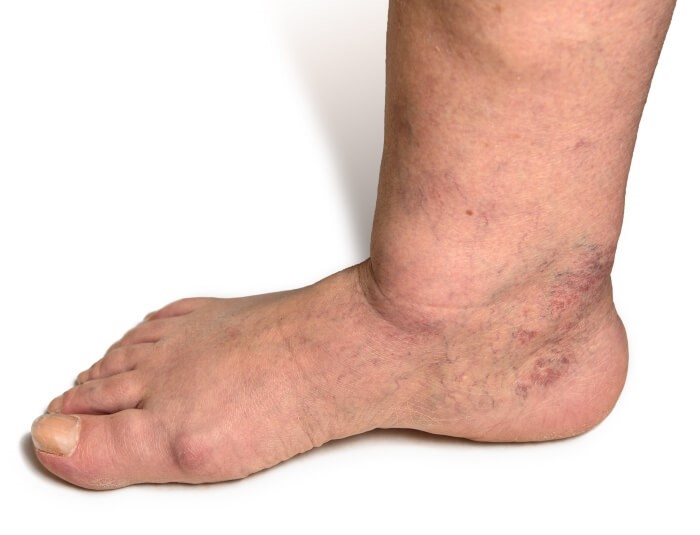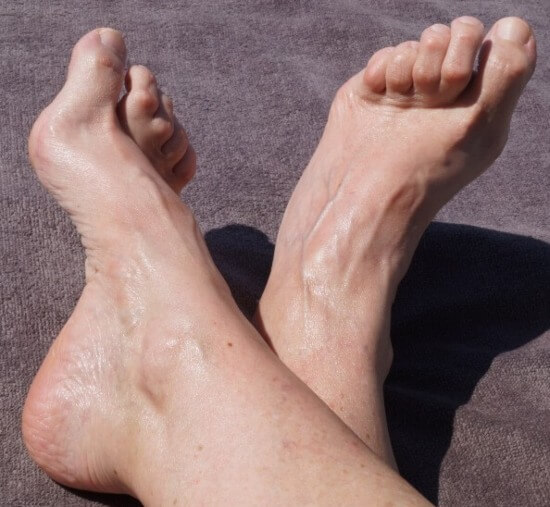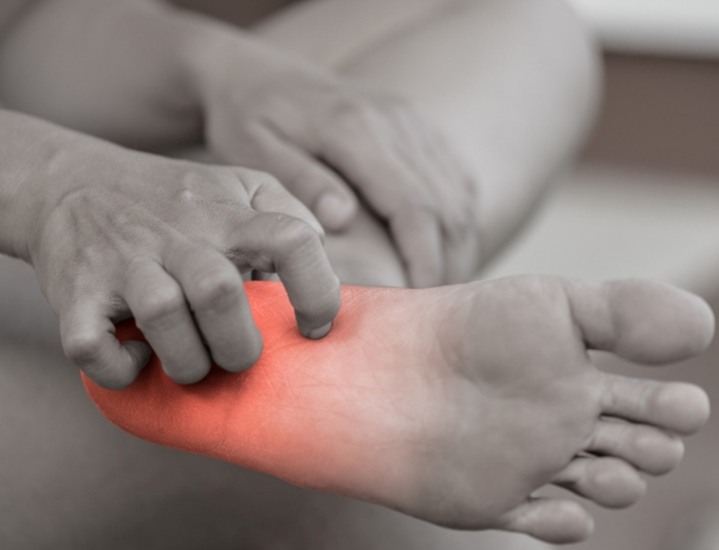Winter is the season of cozy blankets, warm drinks, and, unfortunately, tight shoes that often contribute to foot-related issues like ingrown toenails. If you've experienced the pain and discomfort of an ingrown toenail, you know how quickly it can disrupt your day. This blog will help you understand what causes ingrown toenails, how to prevent them, and when to seek medical care. With tips from Southern Delaware Foot and Ankle, you'll step into winter with confidence and pain-free feet.
What Are Ingrown Toenails?
An ingrown toenail occurs when the edge of your nail grows into the surrounding skin. This happens often on the big toe, though other toes can also be affected. Symptoms can range from mild discomfort to severe pain, swelling, redness, and even infection. The condition may worsen if untreated and require professional intervention, such as ingrown toenail removal. While ingrown toenails may seem minor, they can quickly escalate. Early diagnosis and prompt action are key to avoiding long-term problems.
Common Causes of Ingrown Toenails
Several factors contribute to the development of ingrown toenails. You can take preventative measures to protect your feet by identifying and understanding these. Some of the leading causes of ingrown toenails include:
- Tight footwear. Shoes or socks that squeeze your feet can force nails into the skin.
- Improper nail trimming. Cutting nails too short or at an angle increases the risk.
- Toe injuries. Stubbing your toe or dropping something heavy on it can disrupt nail growth.
- Genetics. A naturally curved toenail shape may make you more prone to this condition.
- Poor foot hygiene. Sweat and debris buildup can lead to irritation, worsening the problem.
- Repetitive pressure. Activities like running or certain sports can aggravate sensitivity near the nails.
Knowing these triggers can help you proactively avoid ingrown toenails altogether.
Tips to Prevent Ingrown Toenails
Prevention is always better than cure, especially concerning something as uncomfortable as an ingrown toenail. Incorporate these tips into your routine to keep your feet healthy and happy this winter.
1. Trim Your Nails Properly
- Cut your nails straight across instead of rounding the edges.
- Avoid trimming them too short—keep them slightly above the skin line.
2. Choose Shoes That Fit
- Opt for shoes that provide a roomy toe box.
- Ensure socks aren't so tight that they pinch your toes.
3. Prioritize Foot Hygiene
- Keep your feet clean and dry, especially in winter when they’re often bundled up.
- Moisturize your skin to prevent cracking, but avoid getting lotion under your nails.
4. Wear Protective Footwear
- If you're working in environments where you risk toe injuries, wear sturdy, protective shoes.
5. Avoid Repetitive Trauma
- If you’re a runner, use cushioned insoles to reduce pressure.
- Alternate sports or activities that may stress your toes.
These simple steps can make all the difference in keeping injuries and ingrown toenails at bay.
Can I Treat My Ingrown Toenails at Home?
If you’re wondering how to treat an ingrown toenail at home, there are some steps you can take for minor cases. However, always proceed cautiously, especially if redness, severe pain, or infection is present. Explore at-home care for ingrown toenails:
- Perform a warm soak for ingrown toenails. Immerse your foot in warm water for 15–20 minutes, 2–3 times daily. This will soften the skin and relieve swelling.
- Use Epsom salt. Adding Epsom salt to the soak can help reduce inflammation.
- Gently lift the nail. Slide a small piece of sterile cotton under the edge of the nail to discourage it from digging further into the skin.
- Apply an antibiotic ointment. This helps prevent infection while promoting healing.
- Protect the toe. Wear open-toed shoes or sandals to avoid additional pressure.
When to Seek Professional Ingrown Toenail Treatment
If symptoms persist or worsen, it’s time to see a podiatrist. Here at Southern Delaware Foot and Ankle, we specialize in effective and comfortable ingrown toenail removal. Signs you need professional help include:
- Persistent redness or swelling.
- Severe pain that doesn’t improve.
- Signs of infection, such as pus or increased warmth in the toe.
Attempting to remove an ingrown toenail yourself can lead to complications. It’s always better to have a trained professional handle the issue safely and effectively.
Choose Southern Delaware Foot and Ankle
With the colder months prompting the use of restrictive footwear, winter can be a challenging time for foot health. By understanding the causes of ingrown toenails and taking steps to prevent them, you can reduce your chances of discomfort. If you’re already dealing with an ingrown toenail and at-home remedies aren’t working, don’t hesitate to reach out to Southern Delaware Foot and Ankle. Our expert team offers comprehensive ingrown toenail treatment that ensures you’re back on your feet in no time.


